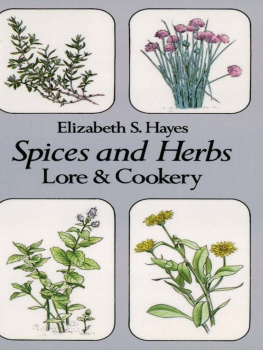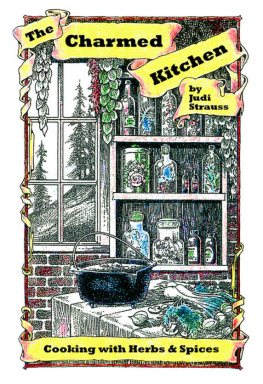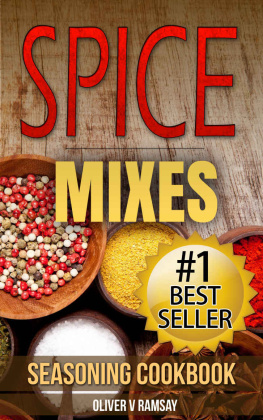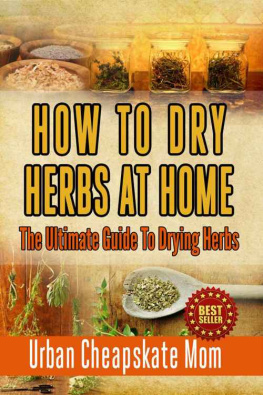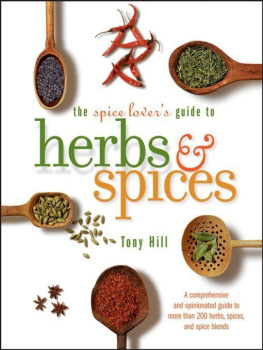
2015 Quarto Publishing Group USA Inc.
First published in the United States of America in 2015 by
Wellfleet Press, a member of
Quarto Publishing Group USA Inc.
142 West 36th Street, 4th Floor
New York, New York 10018
quartoknows.com
Visit our blogs at quartoknows.com
All rights reserved. No part of this book may be reproduced in any form without written permission of the copyright owners. All images in this book have been reproduced with the knowledge and prior consent of the artists concerned, and no responsibility is accepted by producer, publisher, or printer for any infringement of copyright or otherwise, arising from the contents of this publication. Every effort has been made to ensure that credits accurately comply with information supplied. We apologize for any inaccuracies that may have occurred and will resolve inaccurate or missing information in a subsequent reprinting of the book.
Digital edition: 978-1-62788-933-9
Softcover edition: 978-1-57715-114-2
Design and Page Layout: Ashley Prine, Tandem Books
Editor: Katherine Furman, Tandem Books
Cover Image: Andrelix/Shutterstock; cover drawing Ksenia Lokko/Shutterstock
The publisher cannot guarantee the accuracy, adequacy, or completeness of the information contained in this book and must disclaim all warranties, expressed or implied, regarding the information. The publisher also cannot assume any responsibility for use of this book, and any use by a reader is at the readers own risk. This book is not intended to be a substitute for professional medical advice, and any user of this book should always check with a licensed physician before adopting any particular course of treatment or beginning any new health program.

HERB & SPICE COMPANION
The Complete Guide to Over 100 Herbs & Spices
Lindsay Herman

CONTENTS
Guide
AN INTRODUCTION
JUST A COUPLE OF DECADES AGO, THE WORLD OF HERBS AND SPICES WAS ONLY as varied as the typical supermarket shelf. How times and meals have changed! Thanks to a booming agriculture industry and wide-reaching international trade, its now possible for tasty, exciting flavors from the other side of the globe to wind up on your dinner plate.
Specialty food stores and well-stocked supermarkets today offer herbs and spices from Latin America, Europe, the Middle East, and Asia, while farmers markets sell top-notch produce, sourced from around the world but grown on local farms. If your town doesnt have a fancy specialty store or farmers market, dont worry. Online garden centers, nurseries, and spice merchants have made it easier than ever to purchase exotic herbs and seeds grown anywhere from Argentina to Zanzibar.
Whether youre a newbie in the kitchen or an herb-growing pro, the sheer variety of flavors available can be exciting and a bit overwhelming. For culinary beginners, Western classics are a great place to start: basil, dill, garlic, oregano, parsley, rosemary, sage, and thyme. They are easy to find, and their complementary ingredients will be, too. Theyre also some of the easiest herbs to grow at home. Once youve gotten the swing of these staples, feel free to experiment with your cooking and add new flavors to the mix.
But before you run out and buy up all the seasonings in your grocery store, read through these introductory chapters for a primer on herbs and spices.
Herbs & Spices 101
Although its easy to use the words herb and spice interchangeably, theres actually a major difference between the two.
Herbs are generally the leafy green foliage and tender stems of a plant, used either fresh or dried in cooking. Most herbs grow wild in temperate climates, where their growing cycles sync with the changing seasons. Spices, on the other hand, are almost exclusively native to the tropics and subtropics, and they come from various other plant parts, including the bark, berries, fruits, seeds, roots, and rhizomes. For example, allspice and peppercorns are technically berries, while cloves and capers are flower buds. Nutmeg is a seed; ginger is a rhizome; and cinnamon is made from tree bark. All spices are typically dried after theyre harvested, and some require further processing in order to develop their signature flavors. There are also several plants that offer up both herb and spice: coriander (cilantro), dill, and fennel all produce edible leaves as well as seeds.
One interesting similarity between herbs and spices is their role in early medicine. Virtually all have been used as curatives at some point in history. In fact, before herbs and spices were widely used in the kitchen, they were prized for their medicinal and mystical powers in ancient Egypt, Greece, Rome, India, and China. Dating back to 1500 BC, the oldest known medicinal text, the Ebers Papyrus, contains more than 800 ancient Egyptian remedies featuring plants such as chamomile, cinnamon, coriander, cardamom, fennel, garlic, mint, sesame, sage, and thyme. Egyptians also used herbs for embalming, cosmetics, and perfumes.
Herbs and spices also held symbolic meaning in ancient cultures, and some have even carried through to the modern day. In Greece and Rome, for example, poets, athletes, and war heroes wore wreathed crowns of bay (laurel) leaves, a symbol of honor. Today, poet laureates are wordsmiths of the highest order, and a baccalaureate degree is offered to university students upon graduation.
While some herbs and spices are still used for their medicinal properties, this book covers only those with value in the kitchen. Luckily, most tasty seasonings grown from the earth also have great health benefits: They are natural digestive aids, and many offer antibacterial, antioxidant, and anti-inflammatory properties. Theyre also low in calories and high in vitamins and minerals, making these flavor boosters an all-around healthy addition to any meal.
How to Use This Book
Herb & Spice Companion is divided into an Herb Guide and a Spice Guide, together containing one hundred profiles of the worlds most commonly used seasonings. Each guide is organized by availability in the marketplace: First up are the seasonings that are widely sold at well-stocked supermarkets, specialty markets like Whole Foods and Fairway, and local farmers markets. The more exotic seasonings come next. These will take a little exploring to get your hands on, but many can be found in ethnic markets or via online herb and spice merchants.
For those interested in starting an herb garden at home, each profile features growing instructions that detail the plants basic needs, including light, water, and soil requirements. See the following chapter, Growing Herbs & Spices at Home, for more information. To learn how to store your seasonings for optimal freshness, flip to Drying, Freezing, and Storing Herbs & Spices on . And finally, when youre ready to savor their flavors, each profile offers preparation tips and cooking suggestions.
GROWING HERBS & SPICES AT HOME








